Placer gold mining has been practiced for thousands of years with evidence dating back as far as 2600 BC in ancient Sumeria and Egypt. The technology required is minimal with only a gold pan you can refine gold in a placer deposit. The word “placer” comes from the spanish word meaning “pleasure”. Perhaps an allusion to the delight of finding precious metal in a river bank. The word was spread as gold bearing gravels were discovered in parts of North America colonized by Spain. In fact the discovery of gold the primary motivation for Spanish explorers to dig deeper and deeper into the newly discovered continent.

As we discussed in the part 1 and part2 gold is created in fantastic cosmic explosions. It has traveled across the universe and made up a small part of the material that the earth formed from. Tectonic and volcanic forces collected gold in concentrated lode deposits where it can be mined. The concept of how gold transfers from lode deposits to placer deposits is pretty straightforward. Rock holding the gold bearing veins or ore is slowly chiseled and broken by weathering and erosion. The erosive forces of water, wind, and ice transport rock fragments into drainage systems such as streams and rivers. Gold and other heavy minerals will settle out in areas in the stream where the water loses momentum or creates a trap. These traps form into placer deposits over time.

Placer deposition is driven by gravity. Gold is very dense, meaning that compared to another substance of the same volume it experiences a stronger pull of gravity. There are other principles of physics that apply to placer deposition. The property of inertia is the resistance of any physical object to any change in its state of motion. Less dense objects require less force to move them and in the case of a stream will travel farther and faster than heavy objects. Gold has a density that is twenty times that of water and about 8 times the density of sand. Another factor in the formation of placer deposits is Archimedes’ principle which states that the force of buoyancy on an object is equal to the weight of the displaced fluid. This principle was historically used to measure density of gold by Archimedes himself. As gold is many times more dense than water the force of buoyancy on submerged gold particles is much less than the force of gravity. So gold in a stream is held in place by gravity and resists movement due to its weak buoyancy and strong inertia.
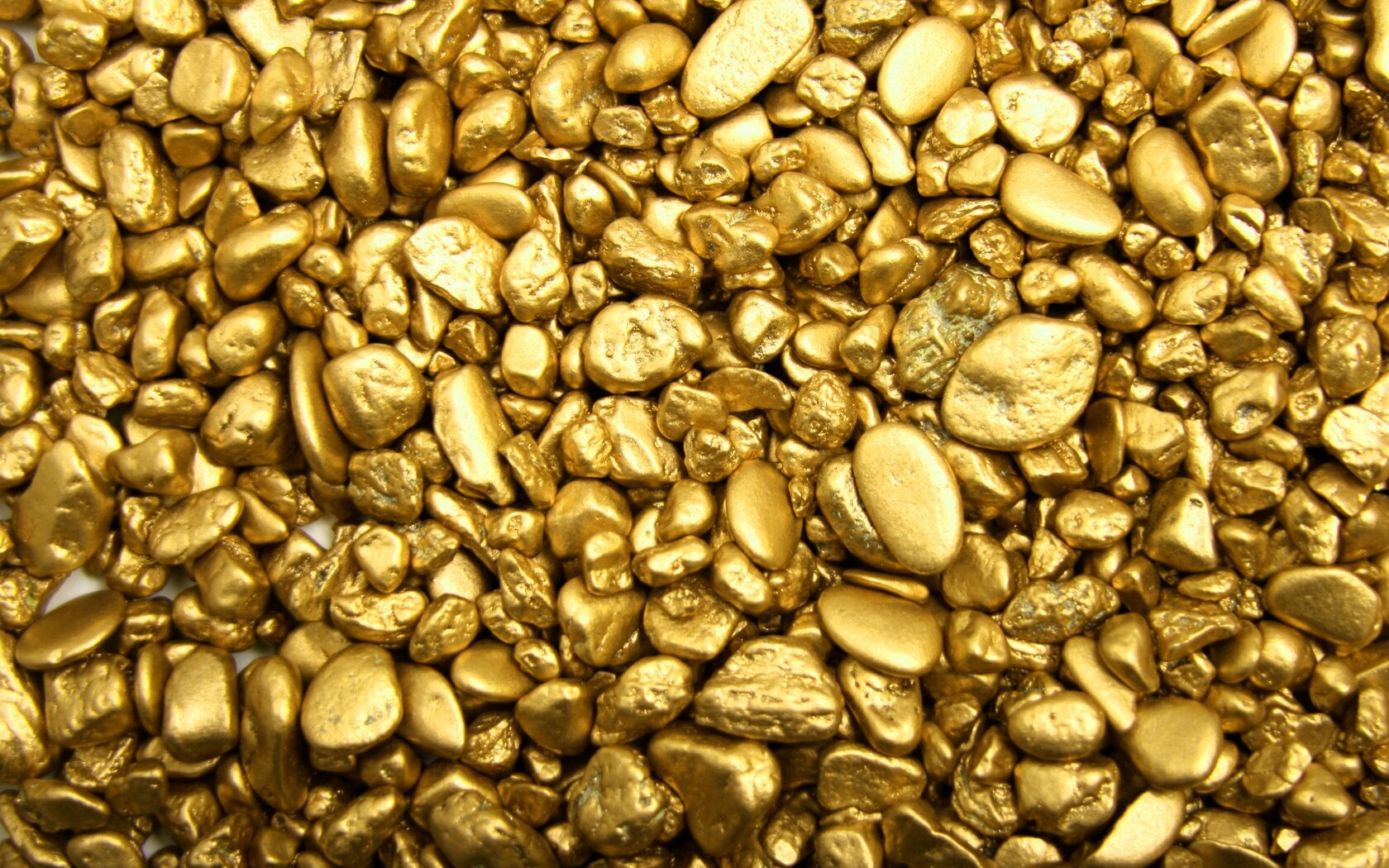
There are several types of placer deposits. There are alluvial placers, eluvial placers, beach placers, eloian placers and paleo-placers. For each type of deposit there are miners who specialize in that type of deposit. All placer deposits have concentrated gold from its source in some kind of trap. The vast majority of the placer gold that is mined in the world is of the alluvial variety.
Alluvial placer deposits are formed in watercourses such as creeks, rivers, streams and deltas. The gold is eroded from lode deposits and carried into the watercourse through rains and melt. Once into a stream it can be moved great distances. Gold does not move easily in a stream due to the inertia and buoyancy forces described above. It takes many years for gold to make its way into a stream and to travel within it. The gold will move along the bottom of the stream until it reaches a point where the water loses velocity or it is physically trapped. Typically gold will accumulate on the inside bends of a river where the water velocity is lower. Large rocks or outcrops can create a natural riffle or eddy where the water slows down and dense material will accumulate. Waterfalls are another great trap for gold.
Alluvial placers can be broken into several groups. Flood gold is placer gold that moves during annual floods or other flood events. Gravel bars and upper sections of stream sediment are where flood gold is usually found. This type of deposit generally consists of small flake and flour gold since they move more rapidly than nuggets. Flood gold is actively being deposited and will replenish year after year
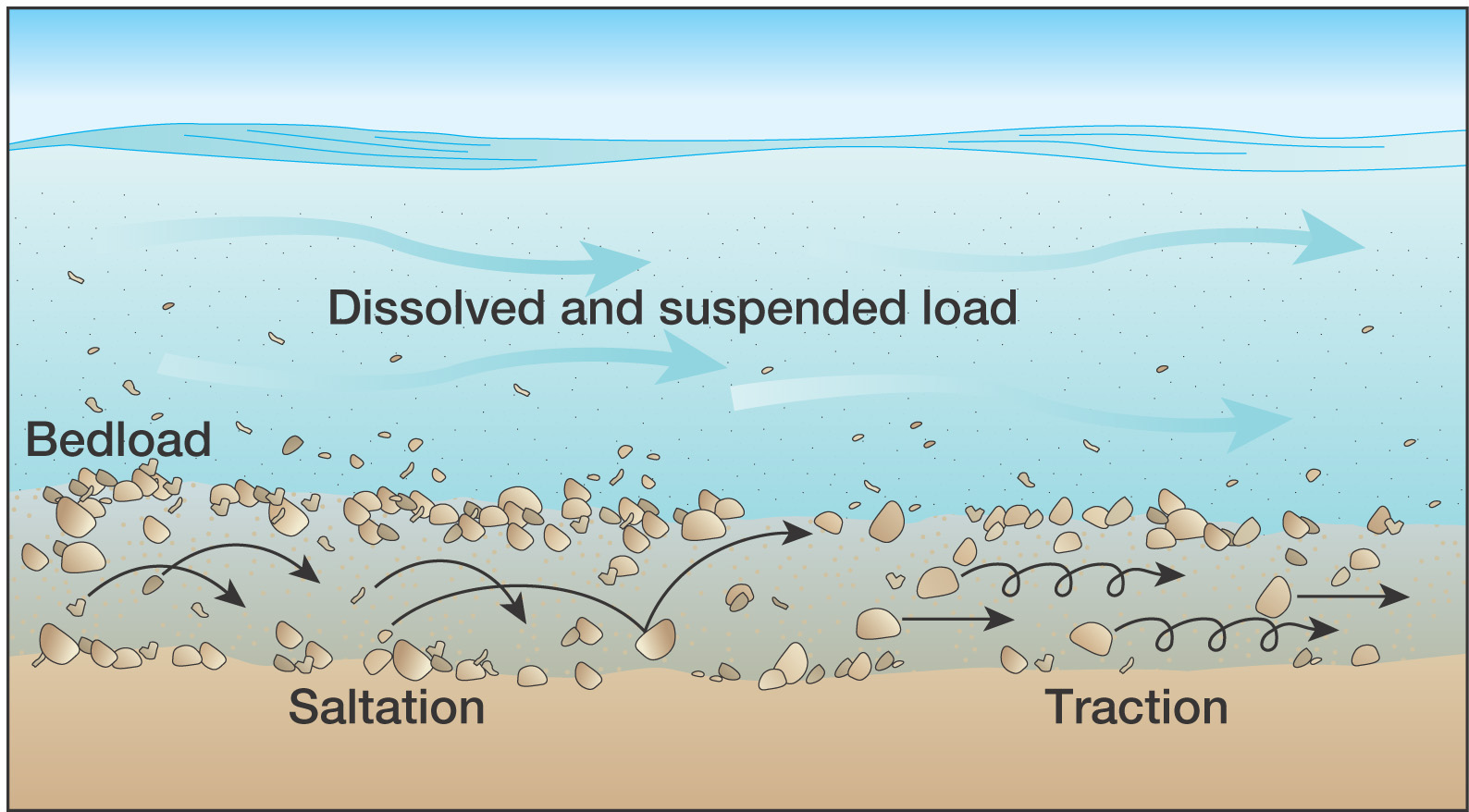
Streambed placer deposits are essentially the same as flood deposits except that they no longer move. Streambed placers are found in a current watercourse. These deposits typically consist of gravel that is settled in the stream bed. To produce a streambed placer you have to mine under the water. Techniques that can be used are sniping, suction dredge, or diverting the water using a dam such as a wing dam.
The third type of alluvial placer deposit is a bench placer. Bench deposits are part of the old stream bed before it cut into a deeper channel. Benches can contain huge amounts of gold if the river carried gold at that time. A bench is typically flat on top and may appear like steps coming down the valley side. Benches can be mined using conventional mining equipment since they are usually high and dry above the current river.
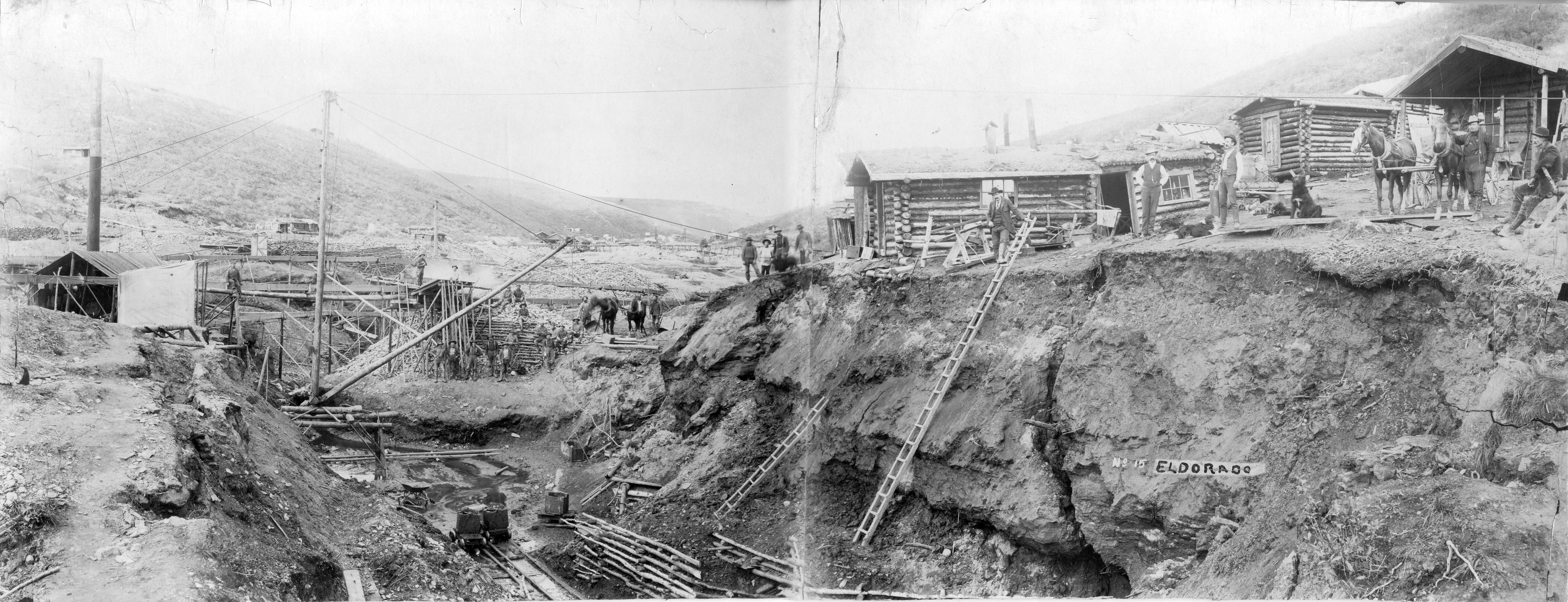
Eluvial placer also known as residual placer deposits are formed before any water transportation has taken place. These deposits form close the source of hard rock gold. Eluvial placers will contain much large particles of gold than other types because it takes a lot of energy to move large nuggets. Often quartz will be found with gold still attached in Eluvial placers. These types of placers are formed by weathering and decay of the host rock that holds gold. Areas where there is a lot of iron can break down rapidly as the iron oxidizes. The lighter overburden is generally washed away and unsorted gravel and heavy material is left in place. These deposits are generally small and very attractive to small miners they also are close to gold bearing veins which can be very exciting.
Beach placers are deposits that occur on the edges of large lakes or the ocean. The wave action on the beach is the mechanism that concentrates gold and other dense minerals. Gold can either be carried to the beach by an alluvial system or eroded directly by waves. A famous beach placer is the deposit in Nome, Alaska which is featured in the TV reality show “Bering Sea Gold”.
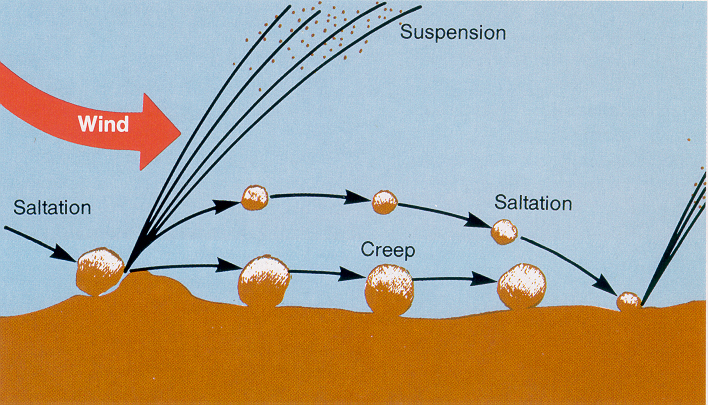
Eolian placers form in areas where wind is the main mechanism of erosion and not water. Eolian placers are similar to Eluvial placers in some ways, they occur close to the hard rock source, and are poorly sorted. Wind does a terrible job of moving gold. In Eolian placers the overburden is swept away by strong winds and leave the heavy ore behind. They occur primarily in desert regions such as the arid regions of Australia.
The last type is paleo-placer deposits. These are any of the above placer types that happened a long time ago. By a long time we are talking about millions of years. Paleo-placers were once placer deposits but over time they have been hidden and covered in sediment. There is often no sign at the surface of ancient river systems below. Paleo-placers can be ancient river channels, benches or sedimentary rock formed from old placers such as quartz pebble conglomerate. This kind of deposit can amount to huge quantities of gold and make you very rich. The largest known gold deposit in the world in Witwatersrand, South Africa is one of these. Over 1.5 billion ounces of gold has been mined in Witwatersrand. Deposition occurred approximately 3 billion years ago in Witwatersrand, and it is estimated that 50% of all the gold mined on earth came from that deposit.
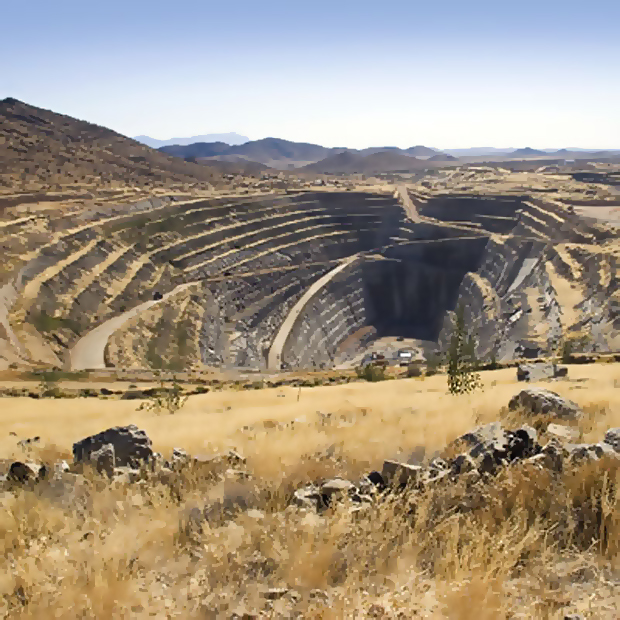
That’s the story of where placer gold came from. It was created in incredibly powerful explosions from dying stars. It made up the earth as it formed and was squeezed into concentrated deposits by volcanic processes. The veins eroded into river systems and hopefully made its way into your gold pan. Gold’s unique properties of density and its resistance to corrosion and most other chemical reactions allow it to build into the kind of deposits that we can find and mine.



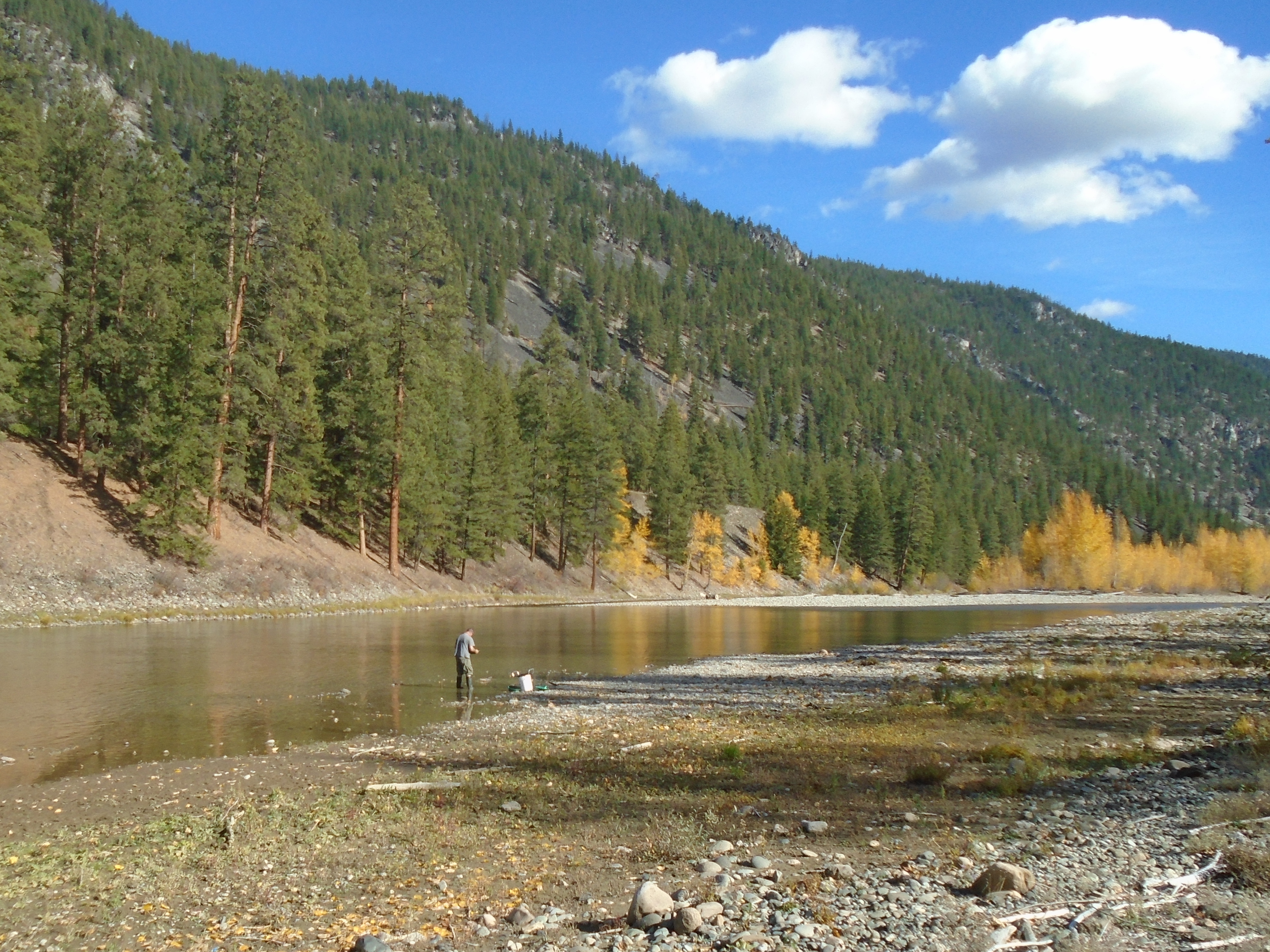
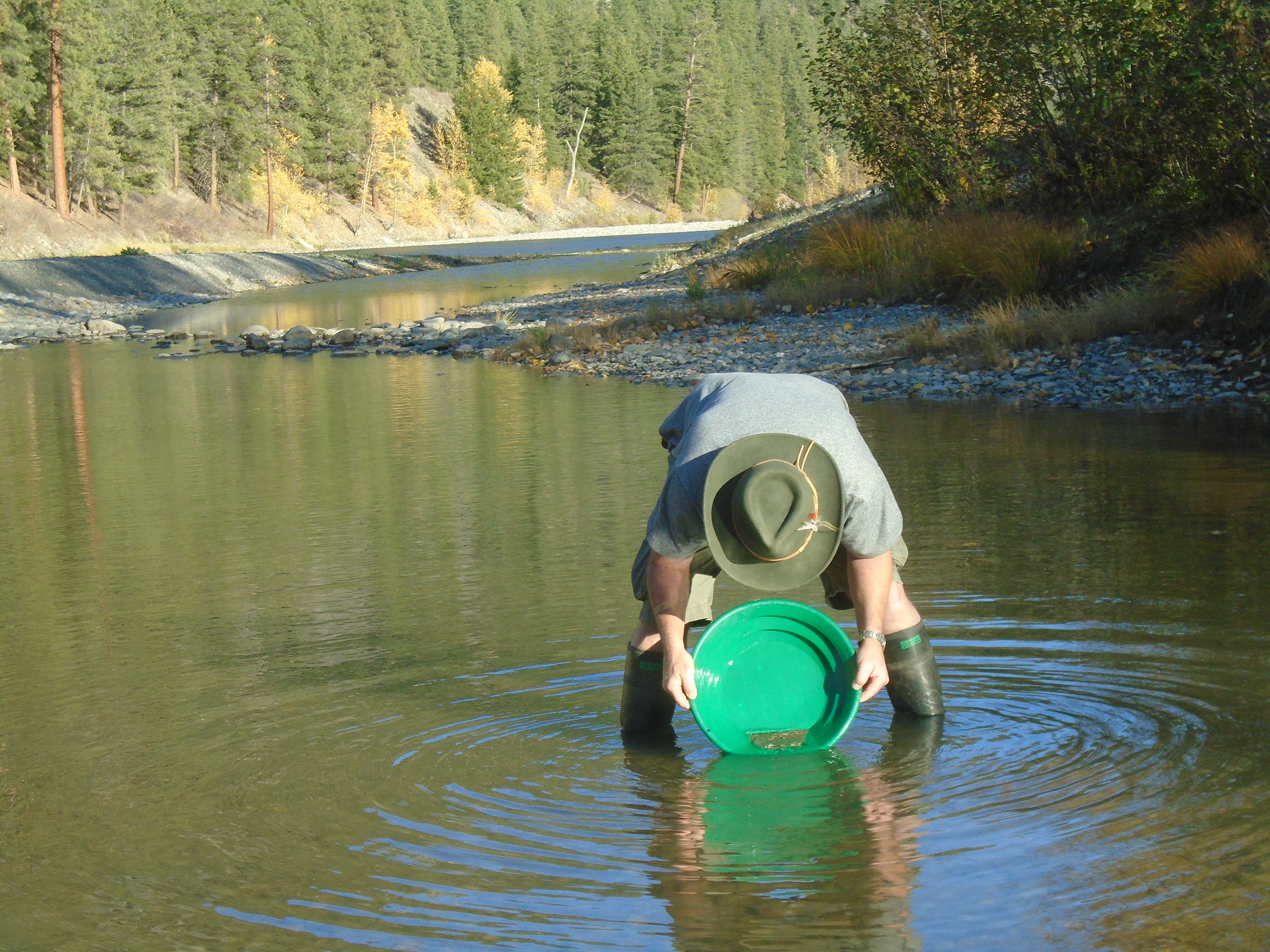

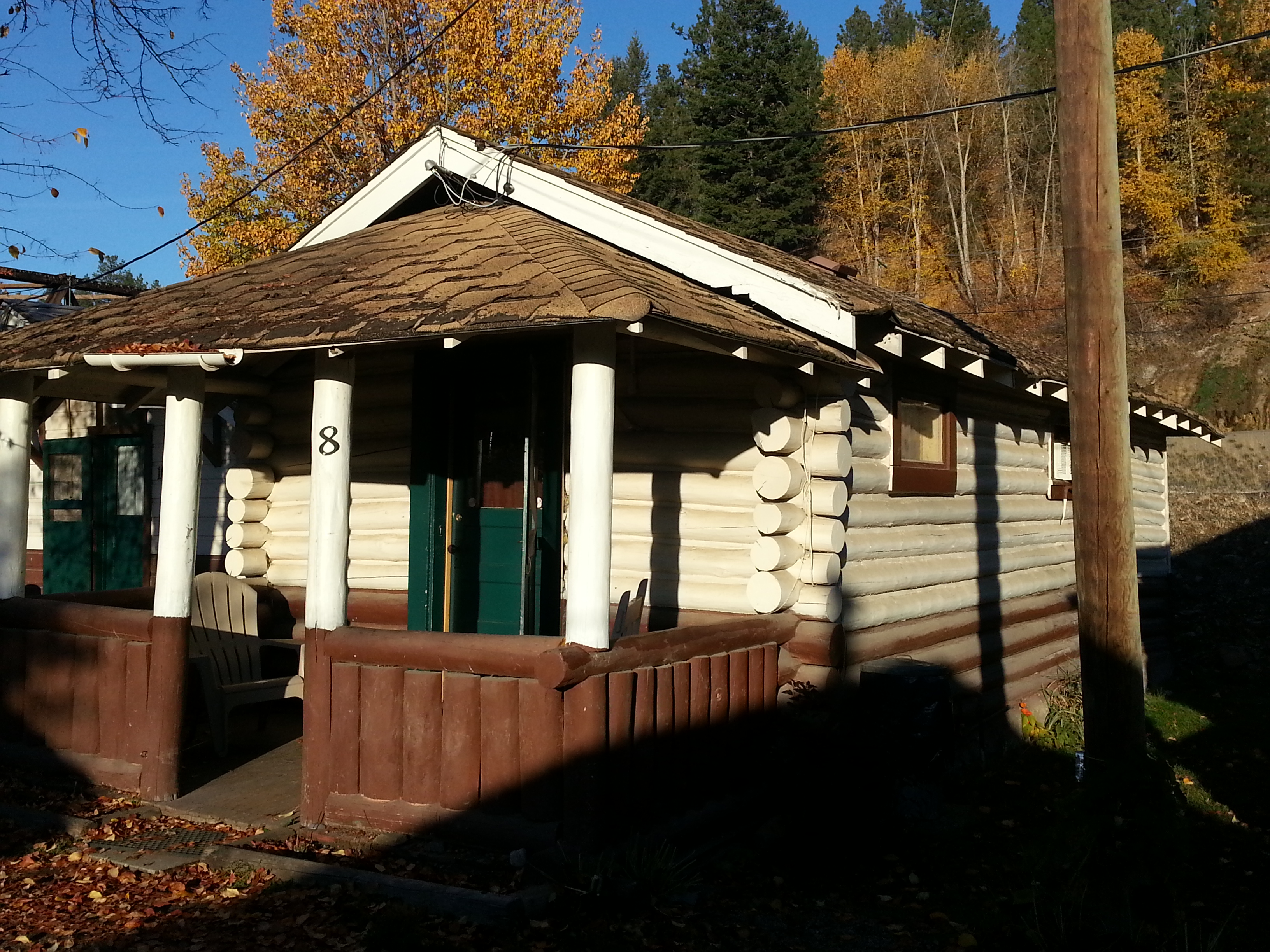



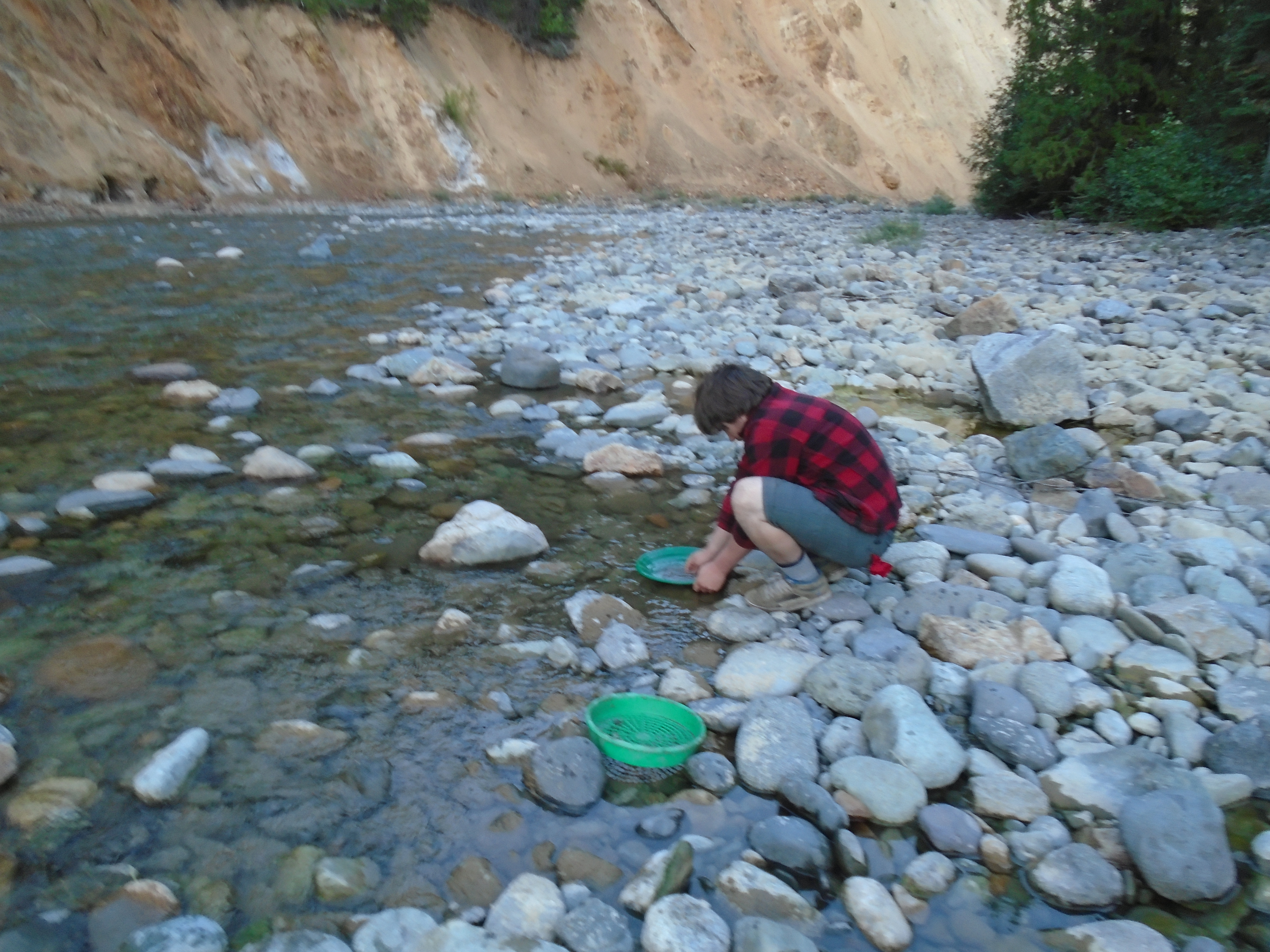
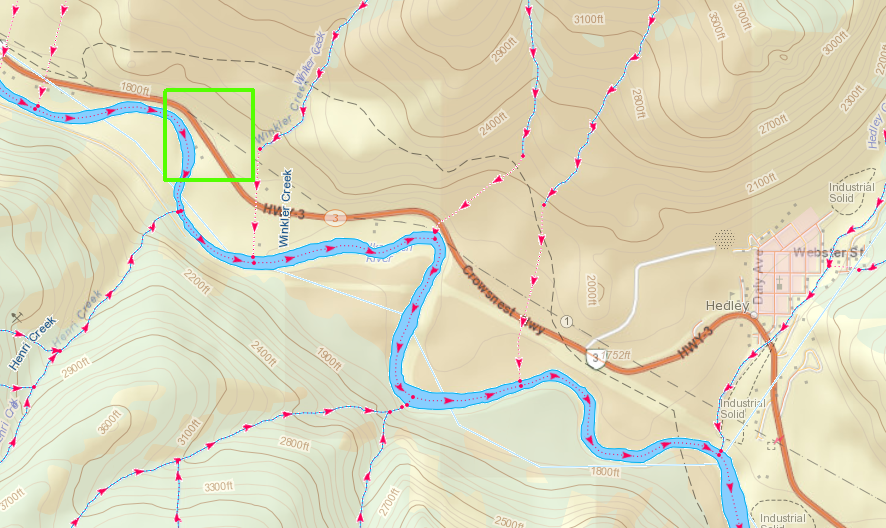
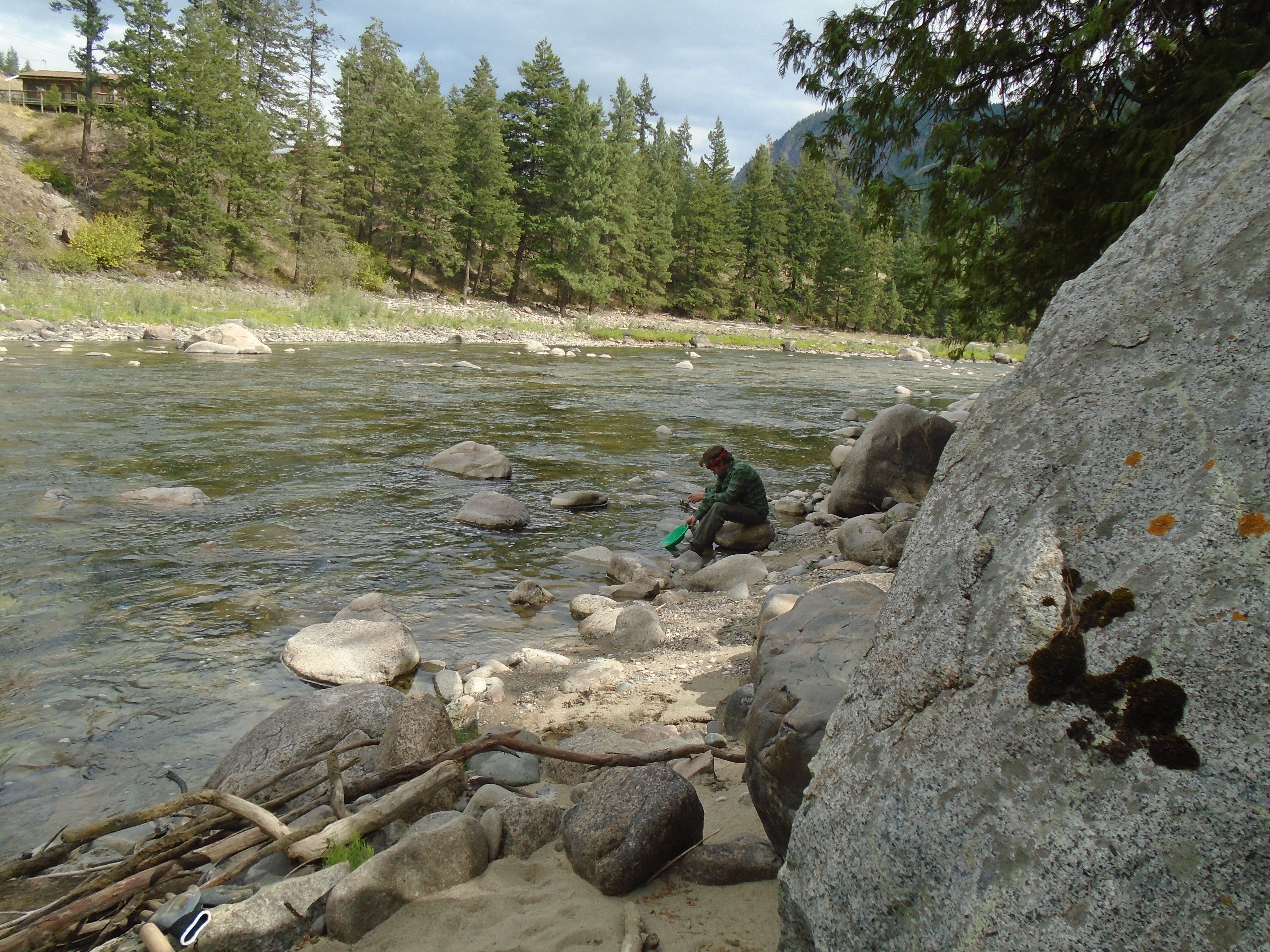

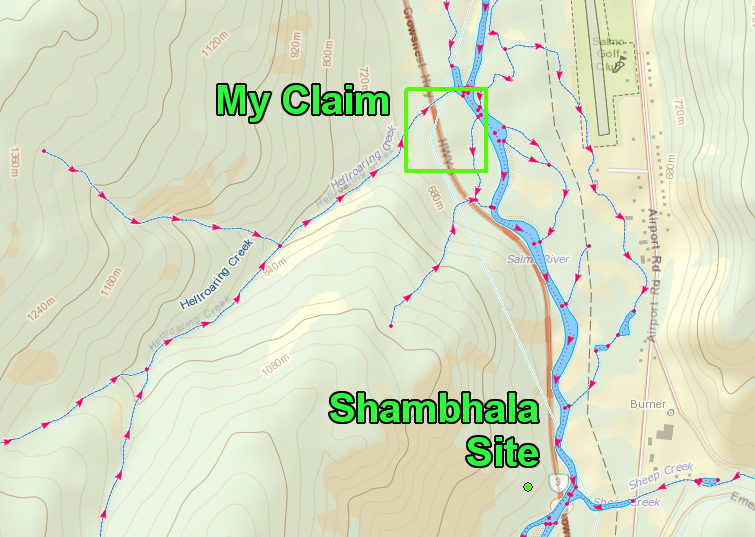
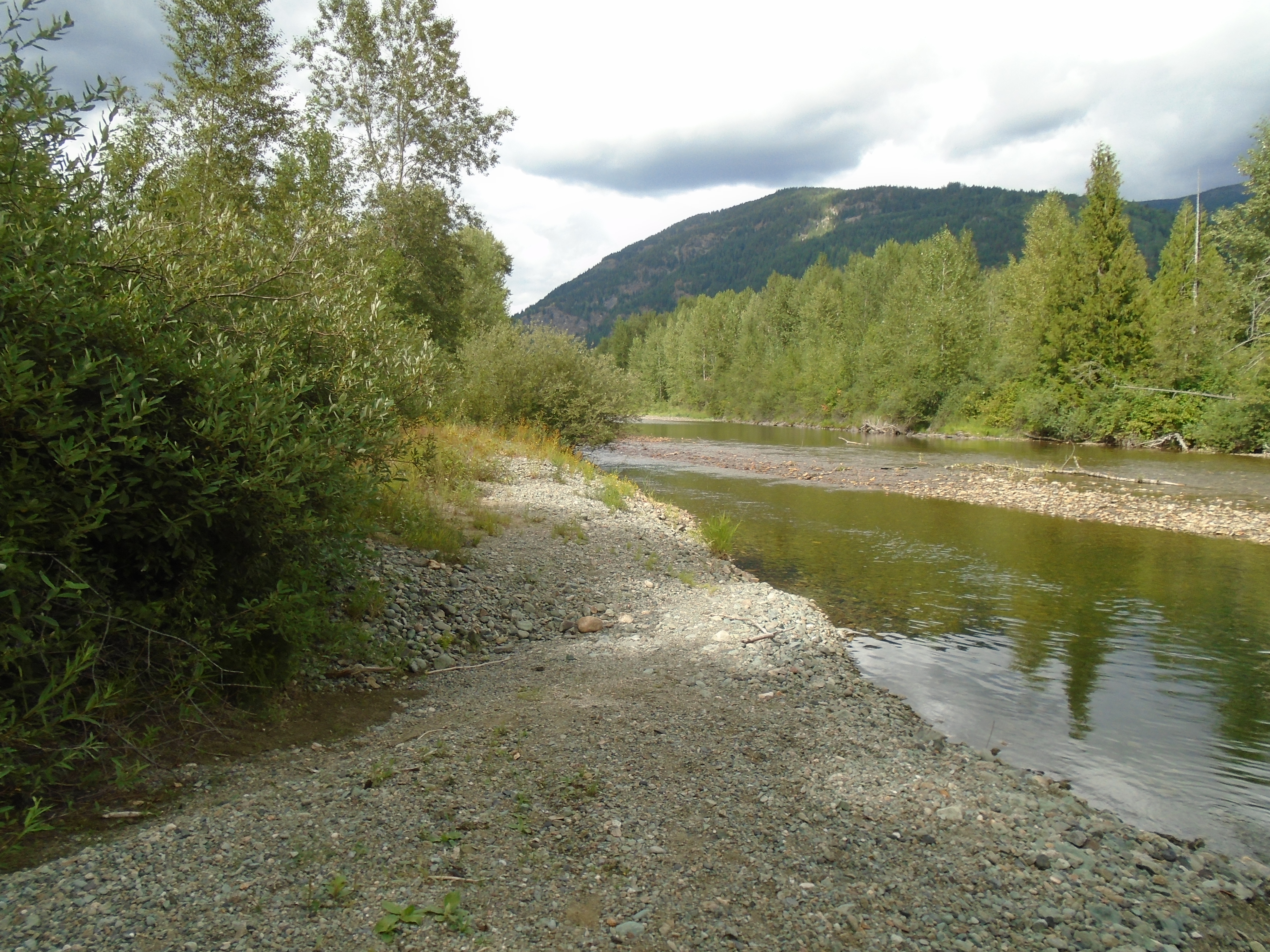
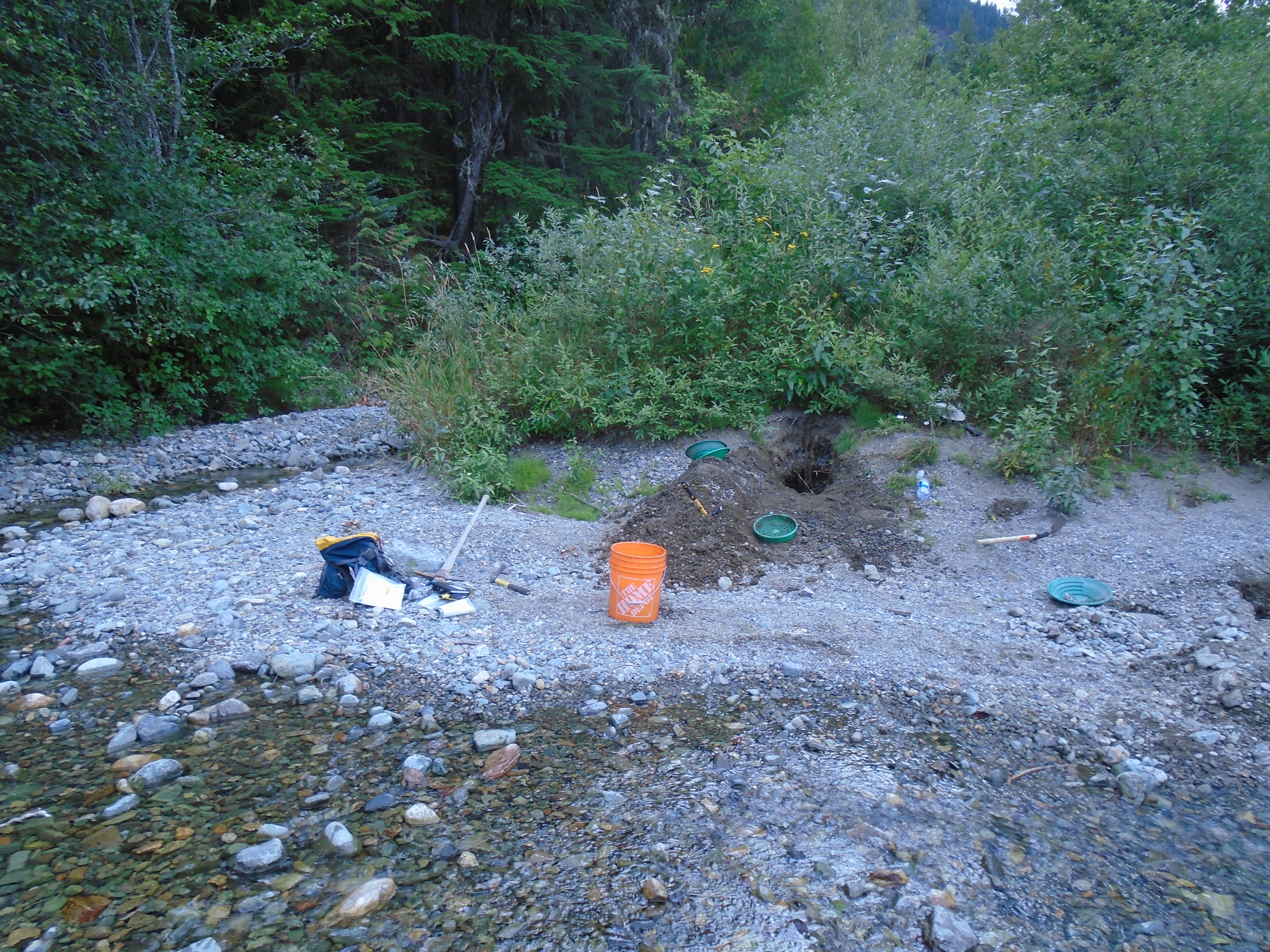

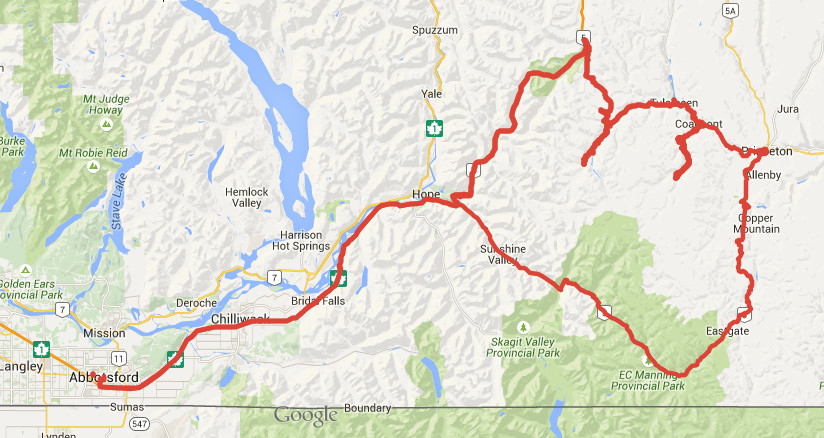
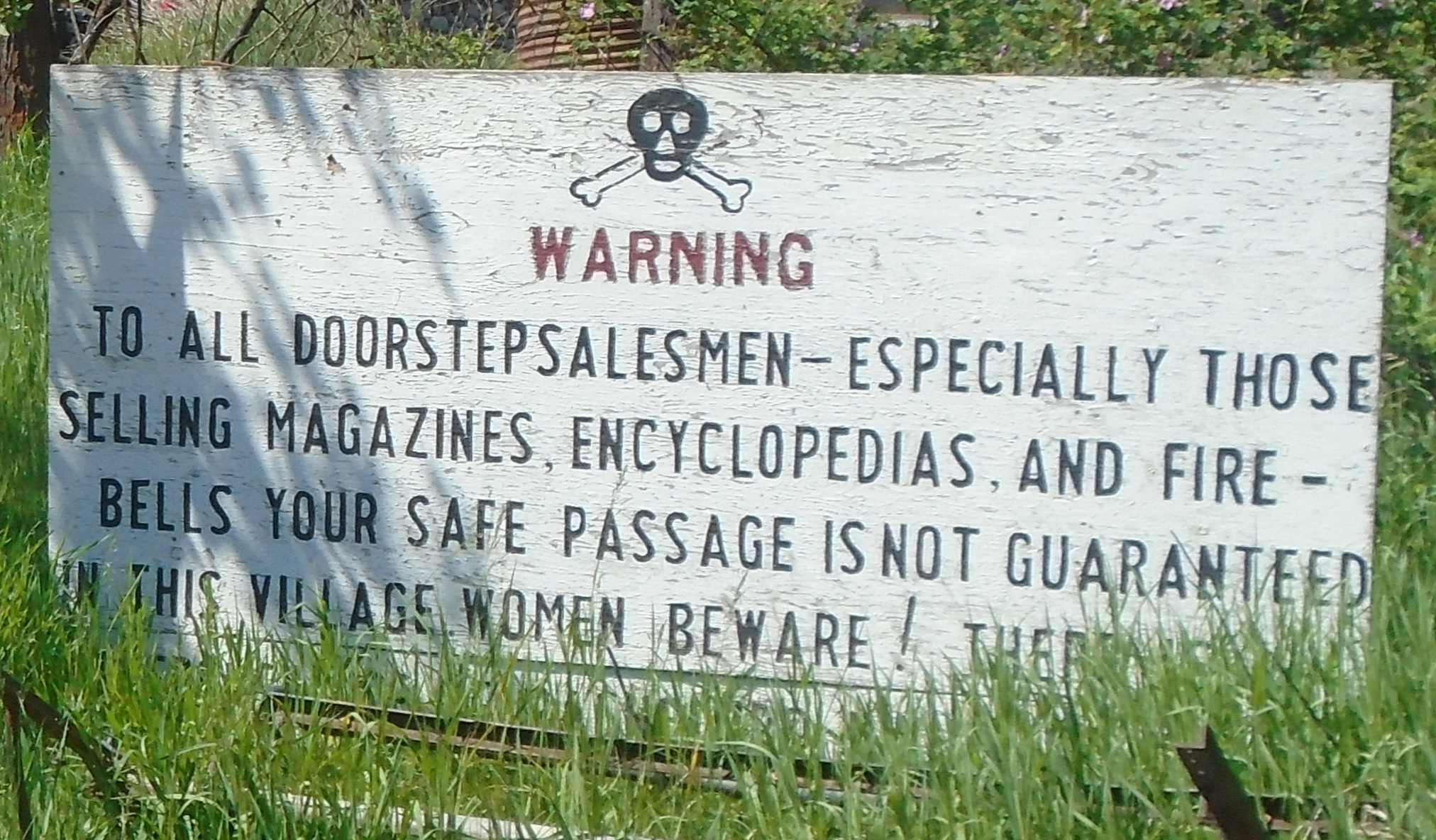



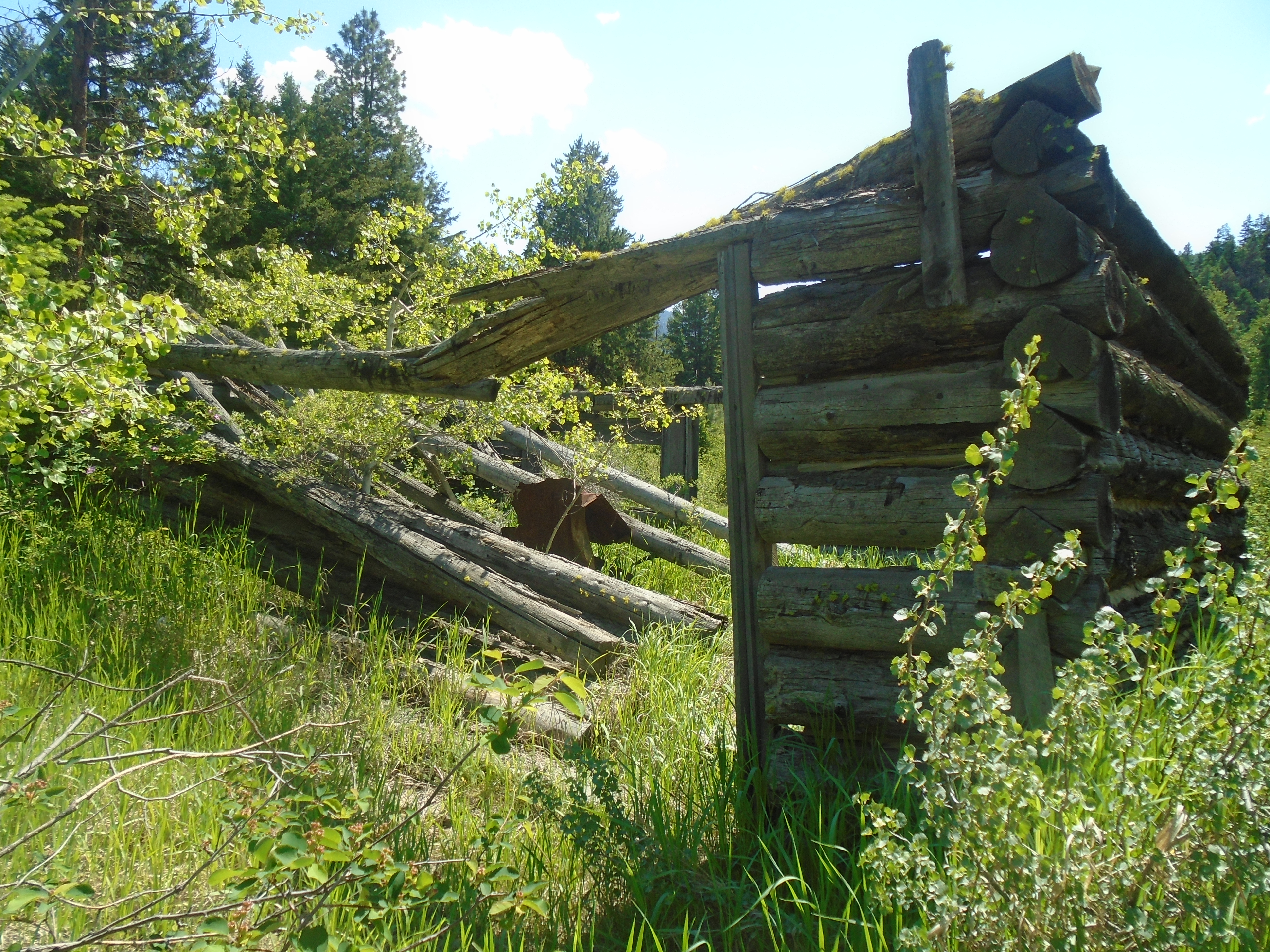

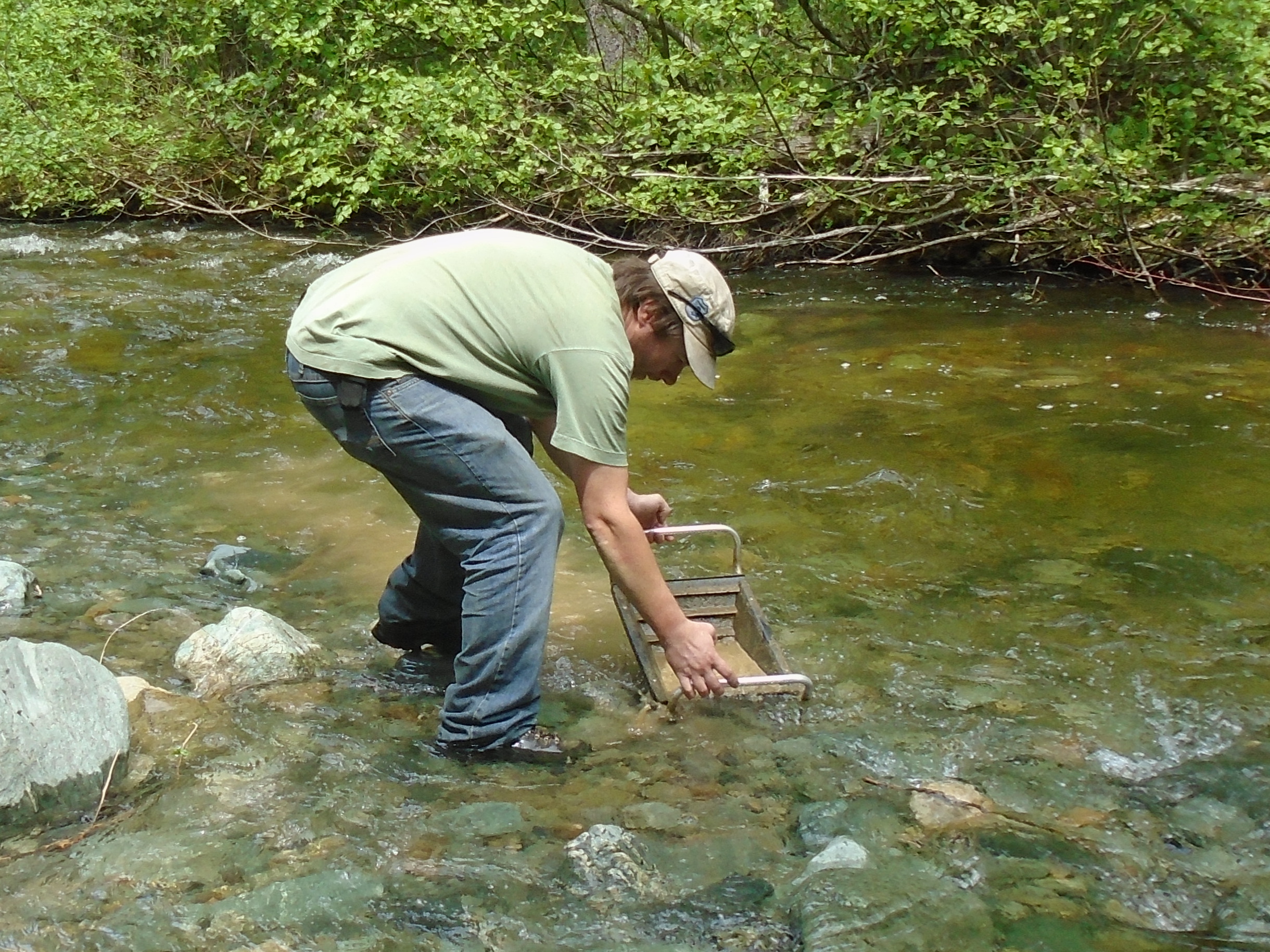
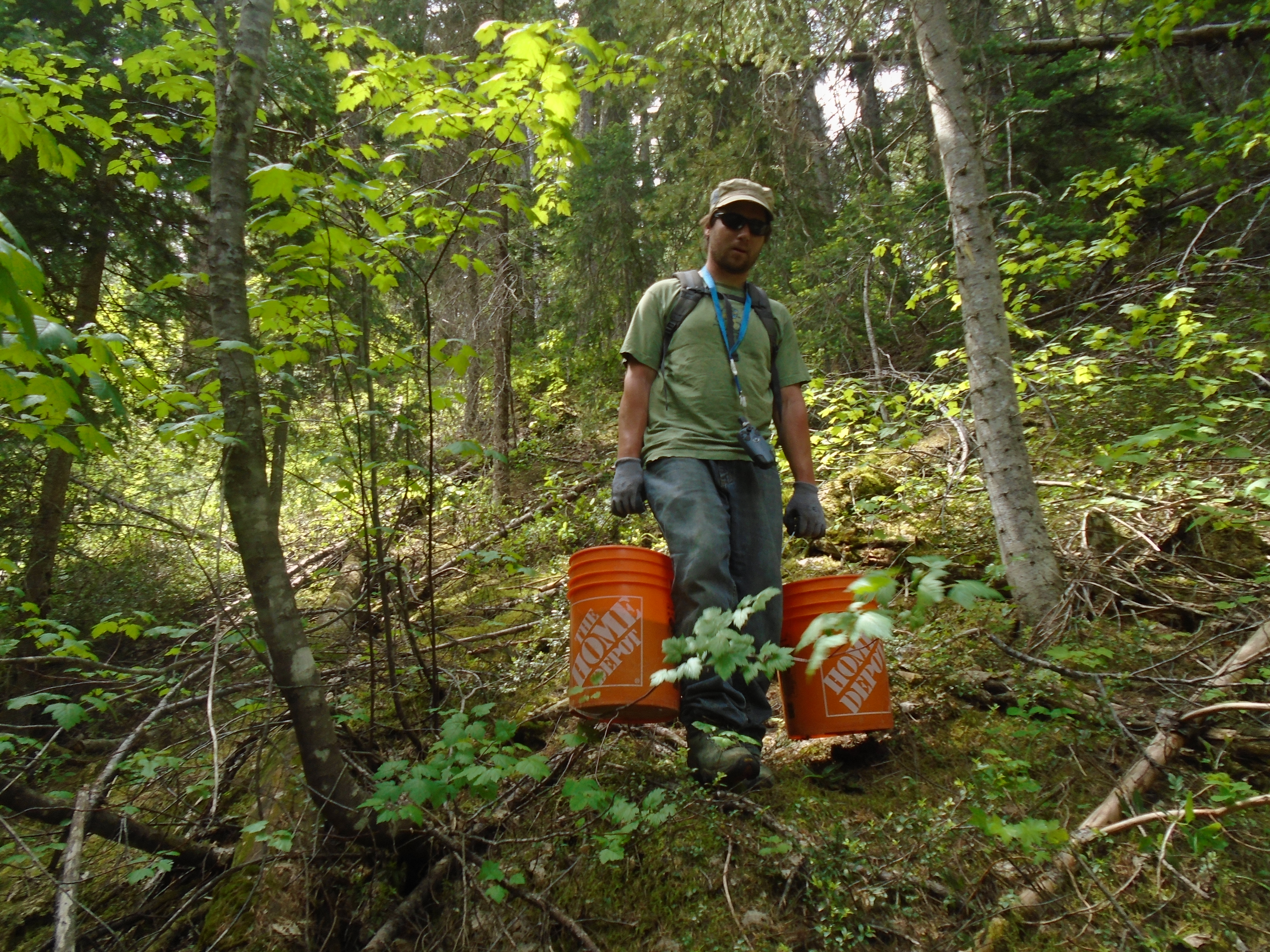
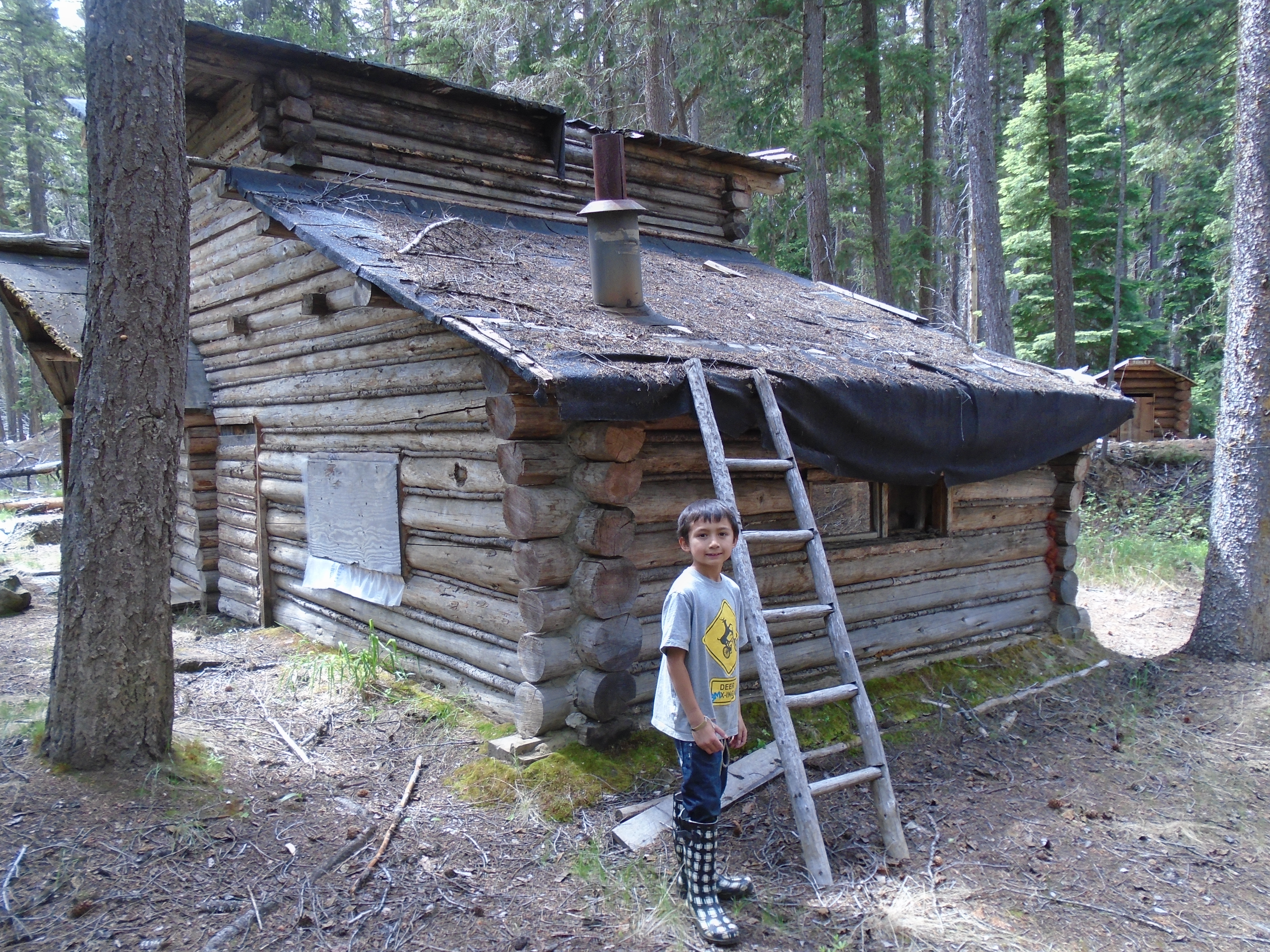
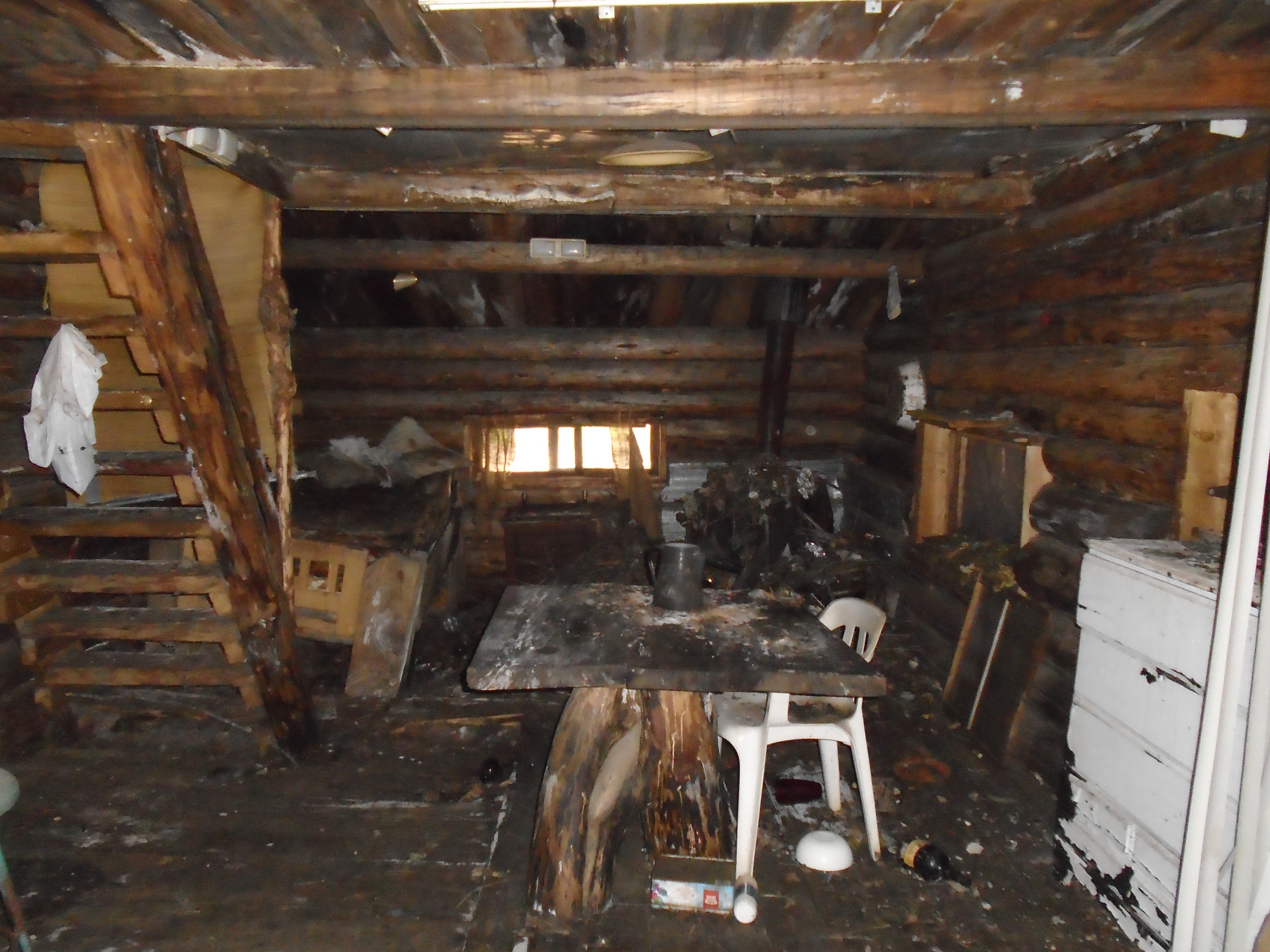


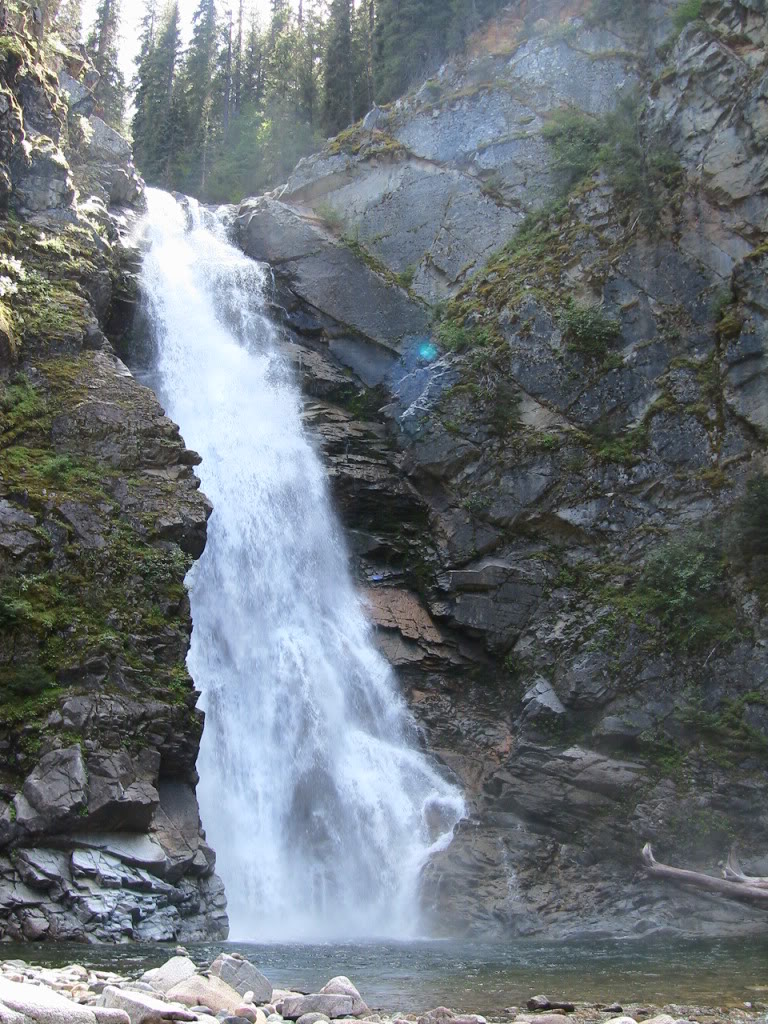
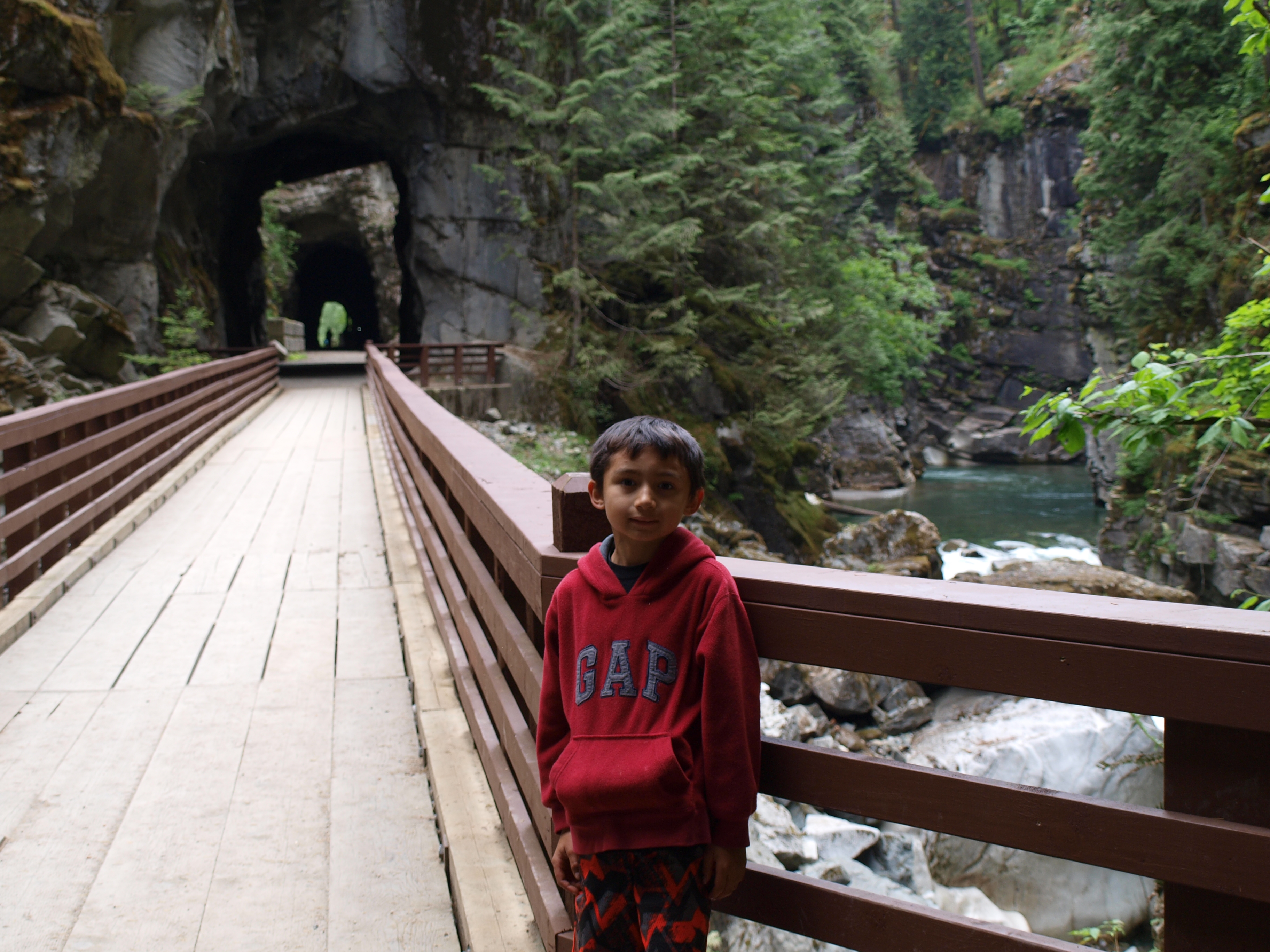










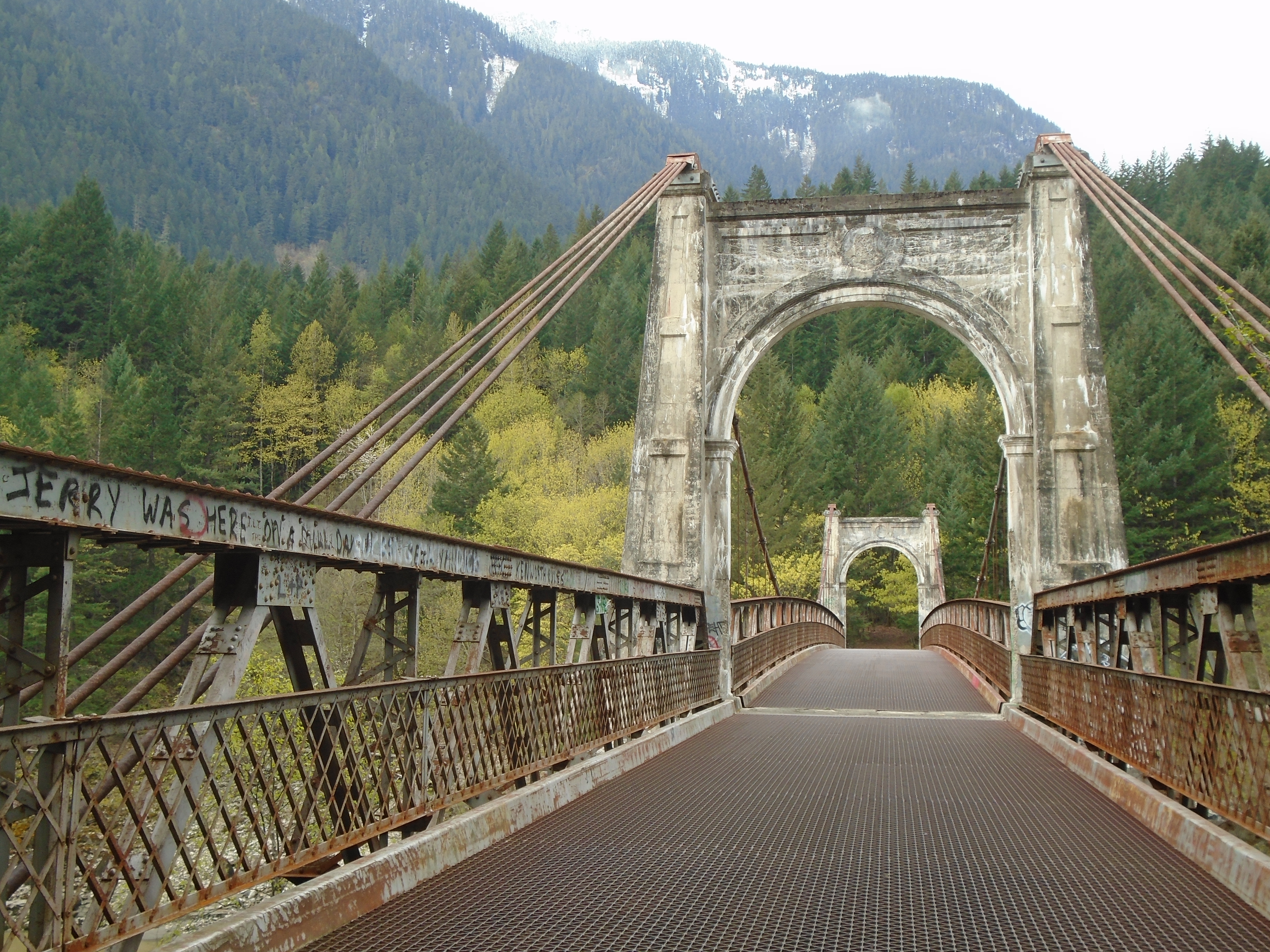

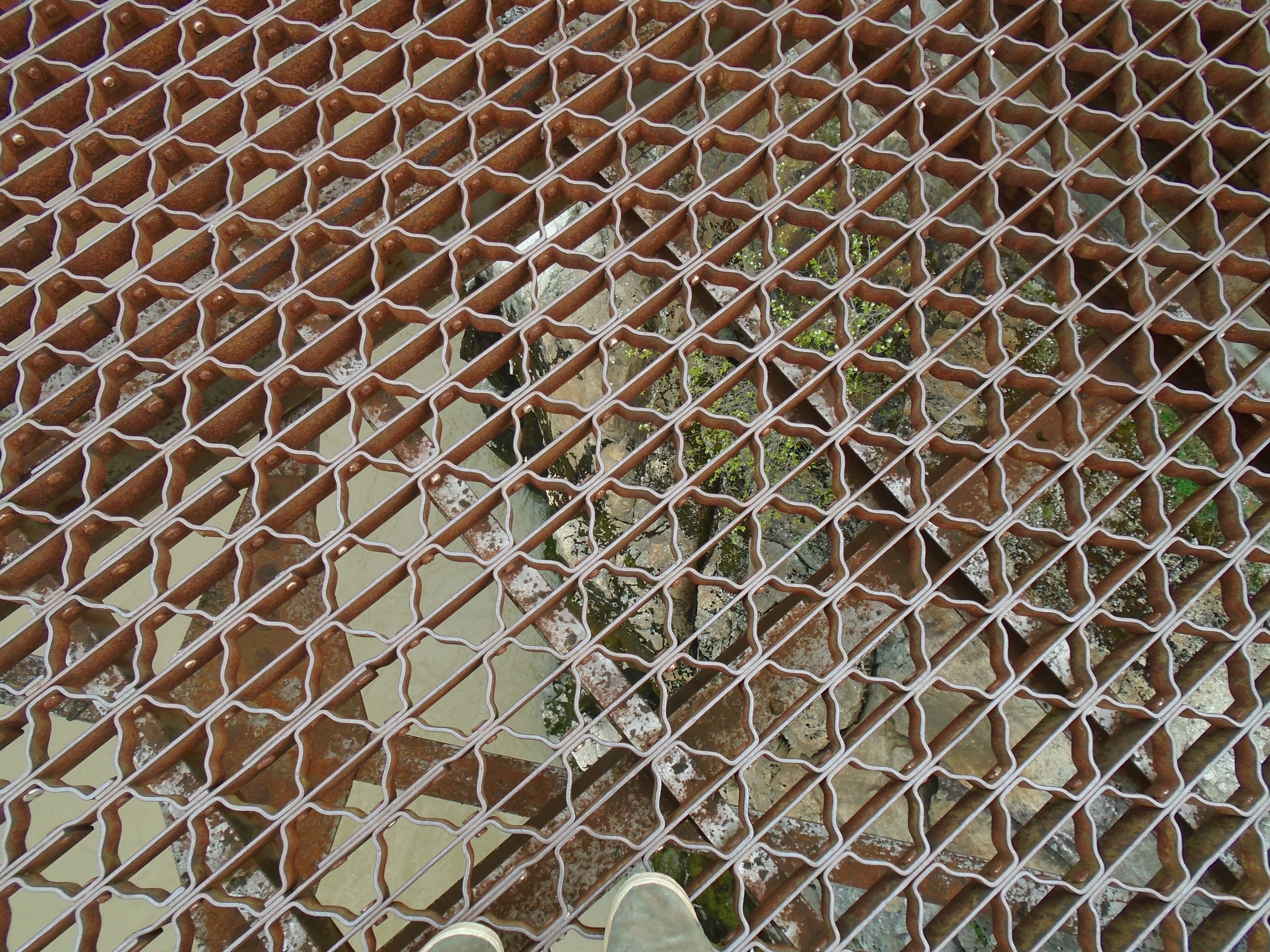

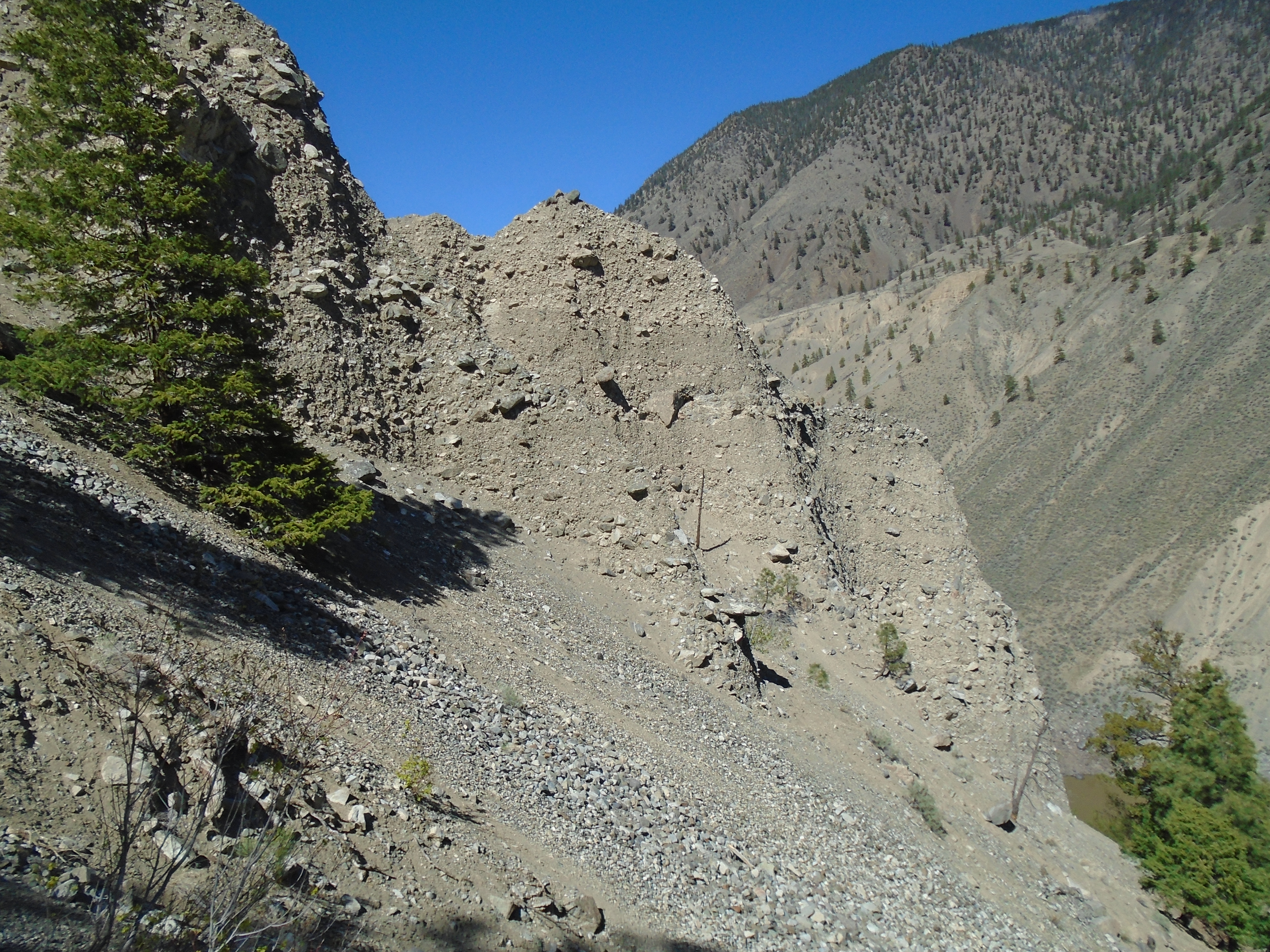



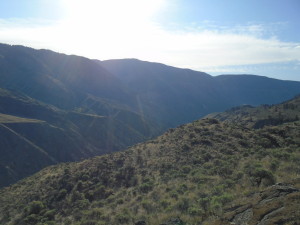
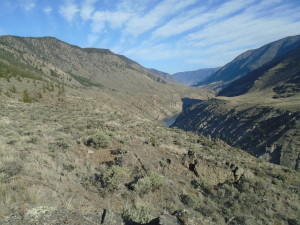

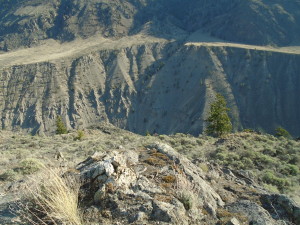

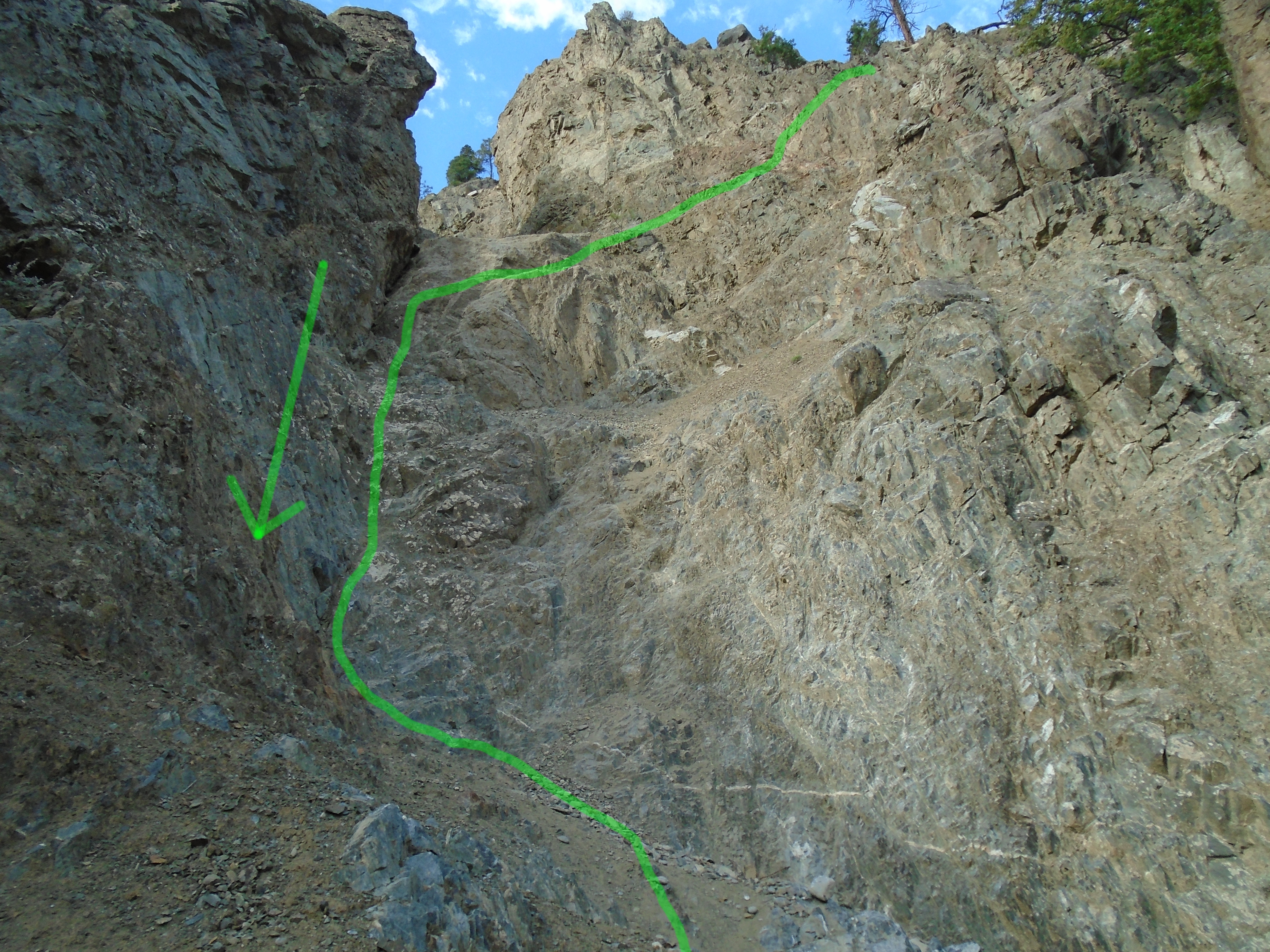

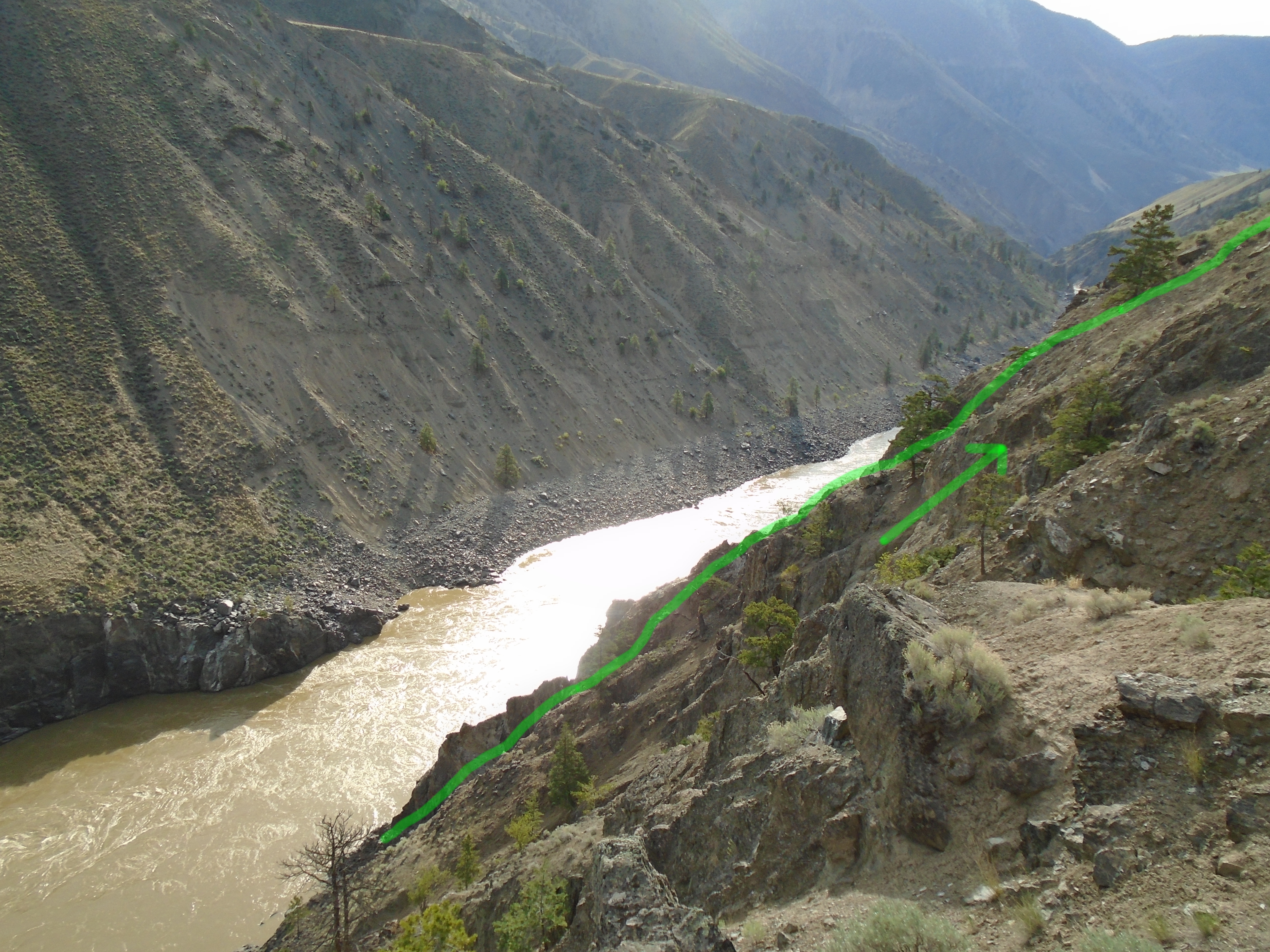
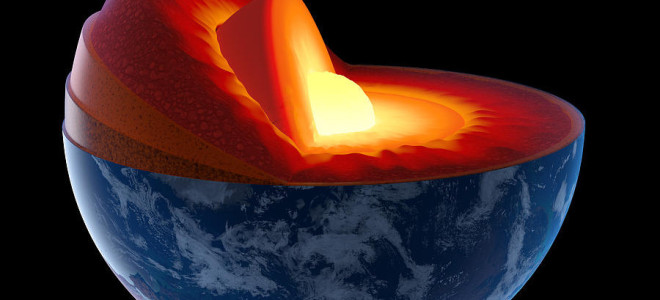
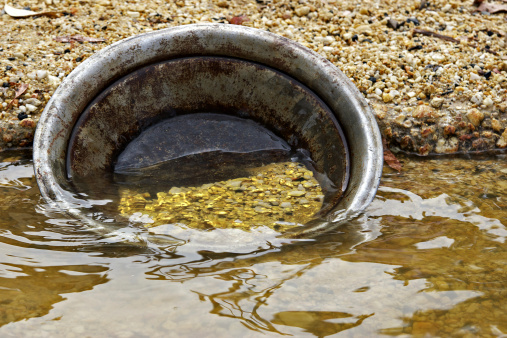

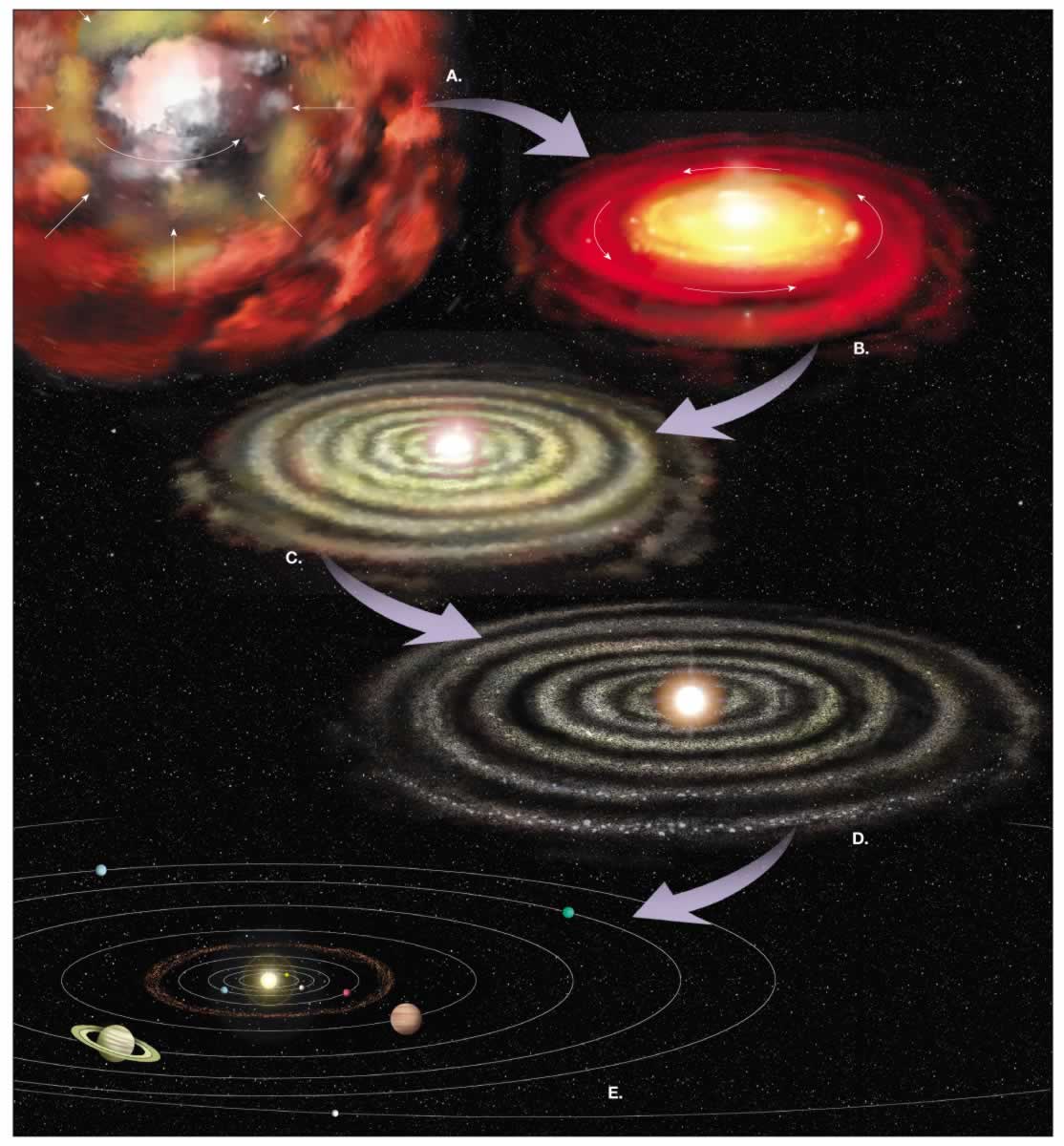
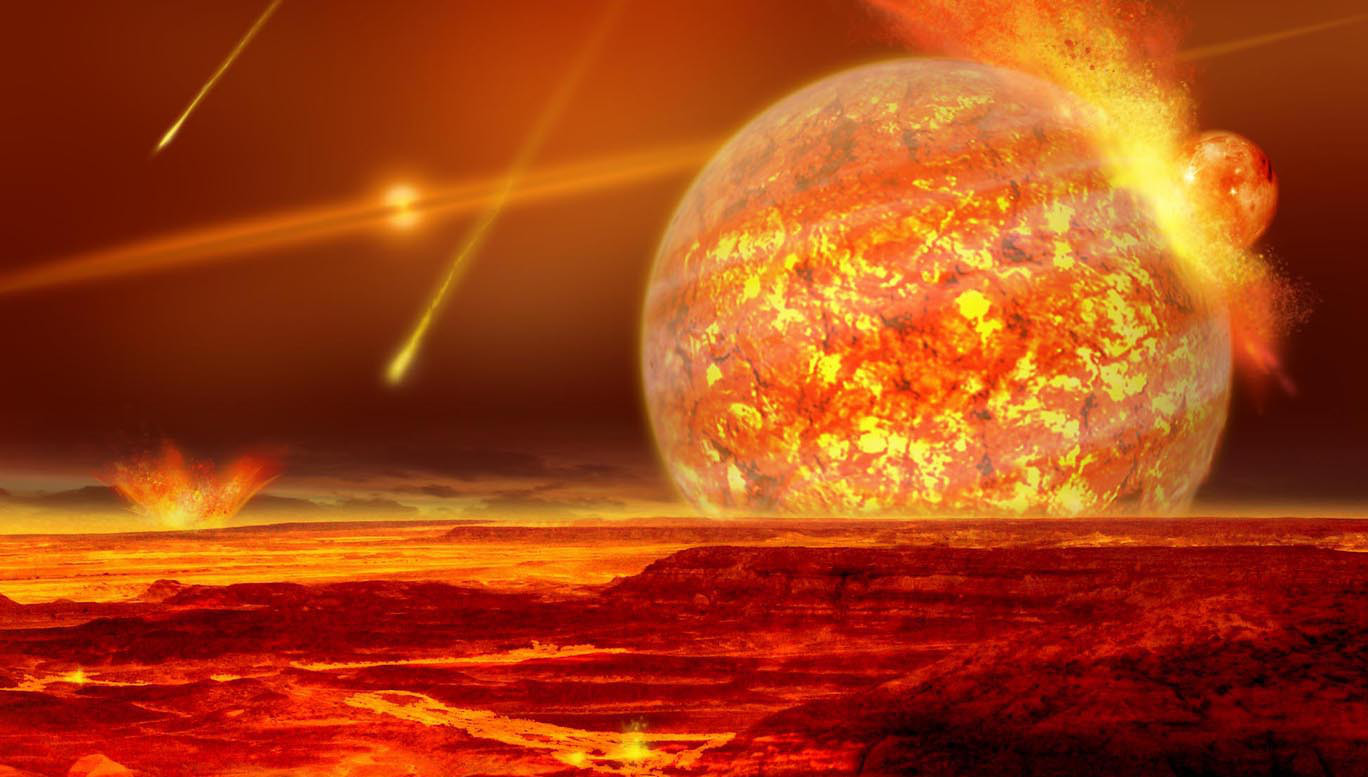


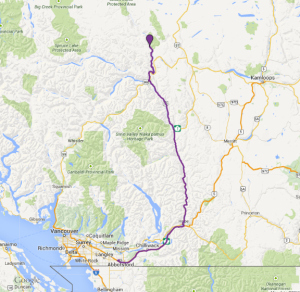

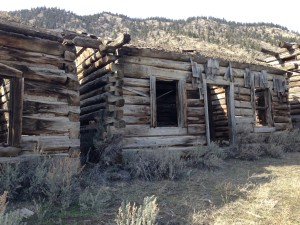

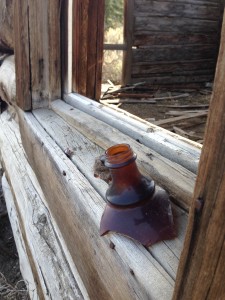
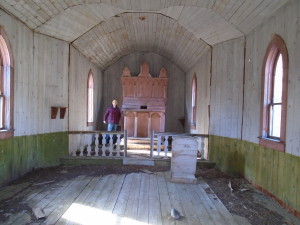
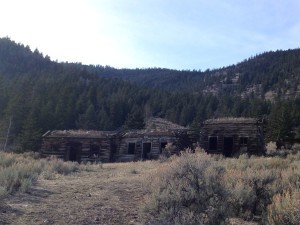


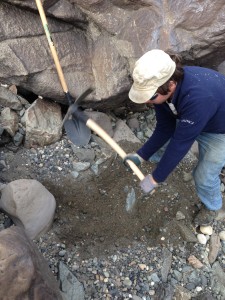
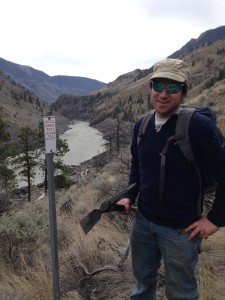
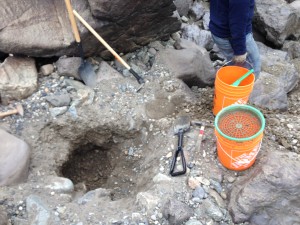



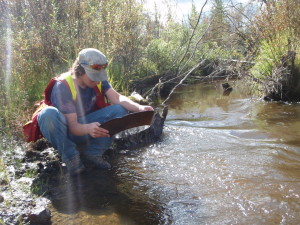
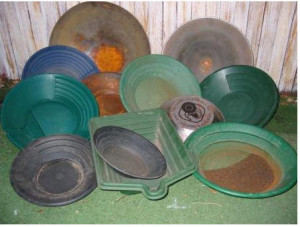
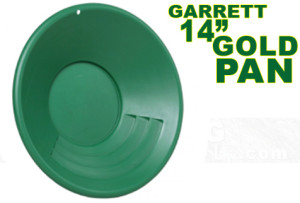 I have three of these pans and they work great. The big riffles make it easy to move lots of material. The gravity trap in the bottom holds fine gold very well. They are tough! I have fallen on them and dropped them down rock faces and they do not crack. Also the green color makes gold extra visible.
I have three of these pans and they work great. The big riffles make it easy to move lots of material. The gravity trap in the bottom holds fine gold very well. They are tough! I have fallen on them and dropped them down rock faces and they do not crack. Also the green color makes gold extra visible. have a couple of these smaller pans that I use for cleaning up samples and panning small amounts of material. This is a versatile pan, the large riffles work well when you have the pan full. I use the smaller riffles most of the time for fine panning. This pan also has a trap in the bottom like the Garrett and a similar green color.
have a couple of these smaller pans that I use for cleaning up samples and panning small amounts of material. This is a versatile pan, the large riffles work well when you have the pan full. I use the smaller riffles most of the time for fine panning. This pan also has a trap in the bottom like the Garrett and a similar green color.